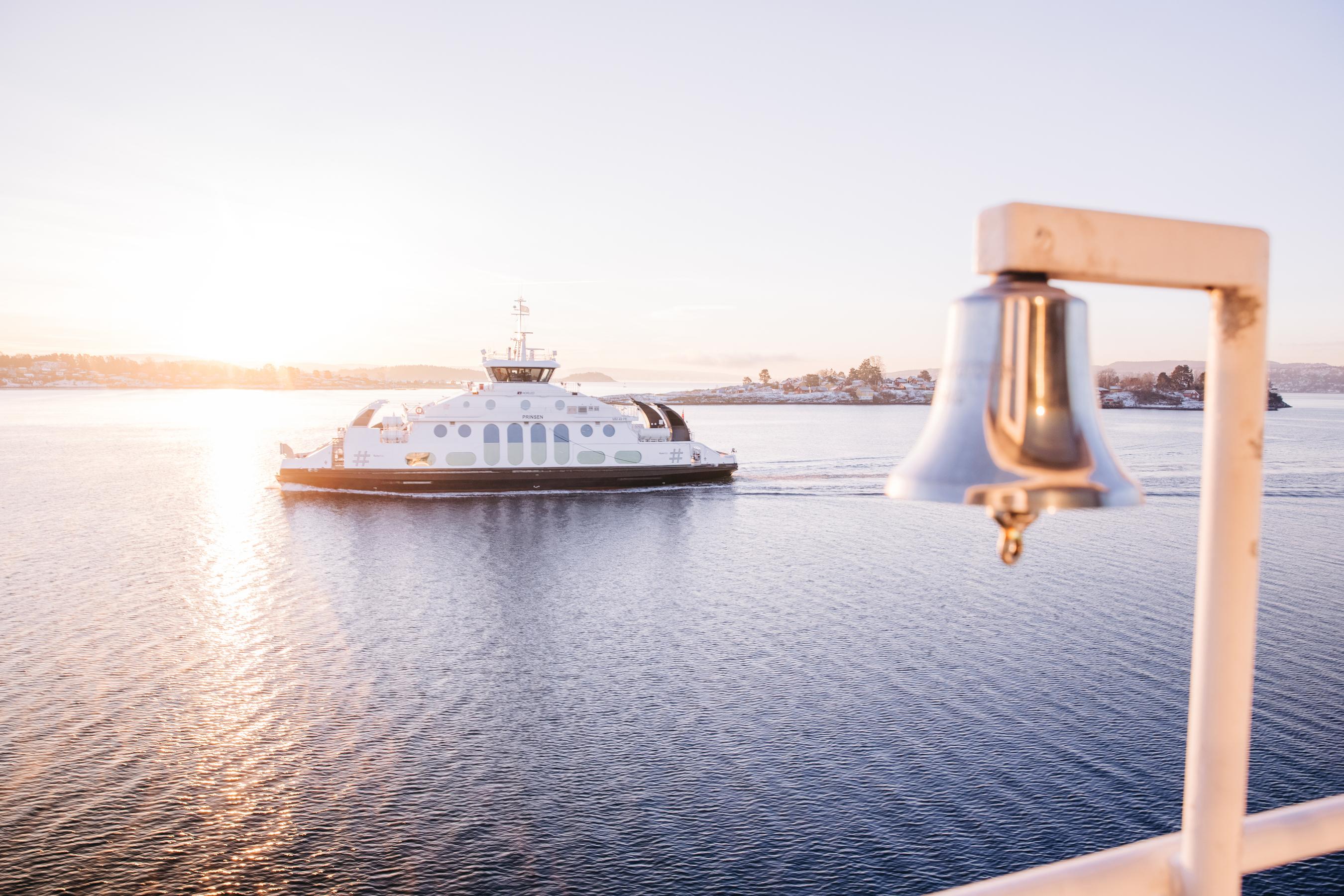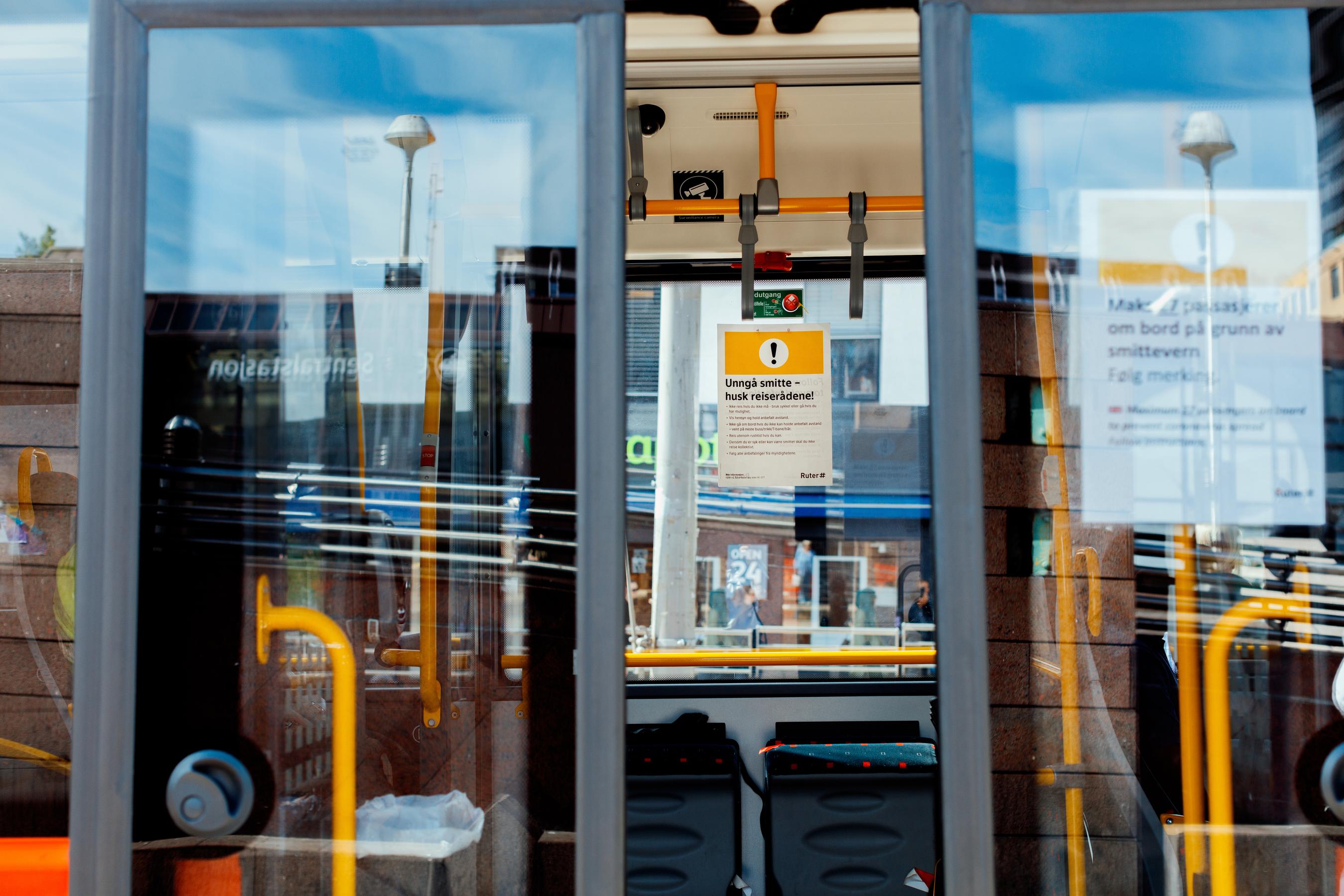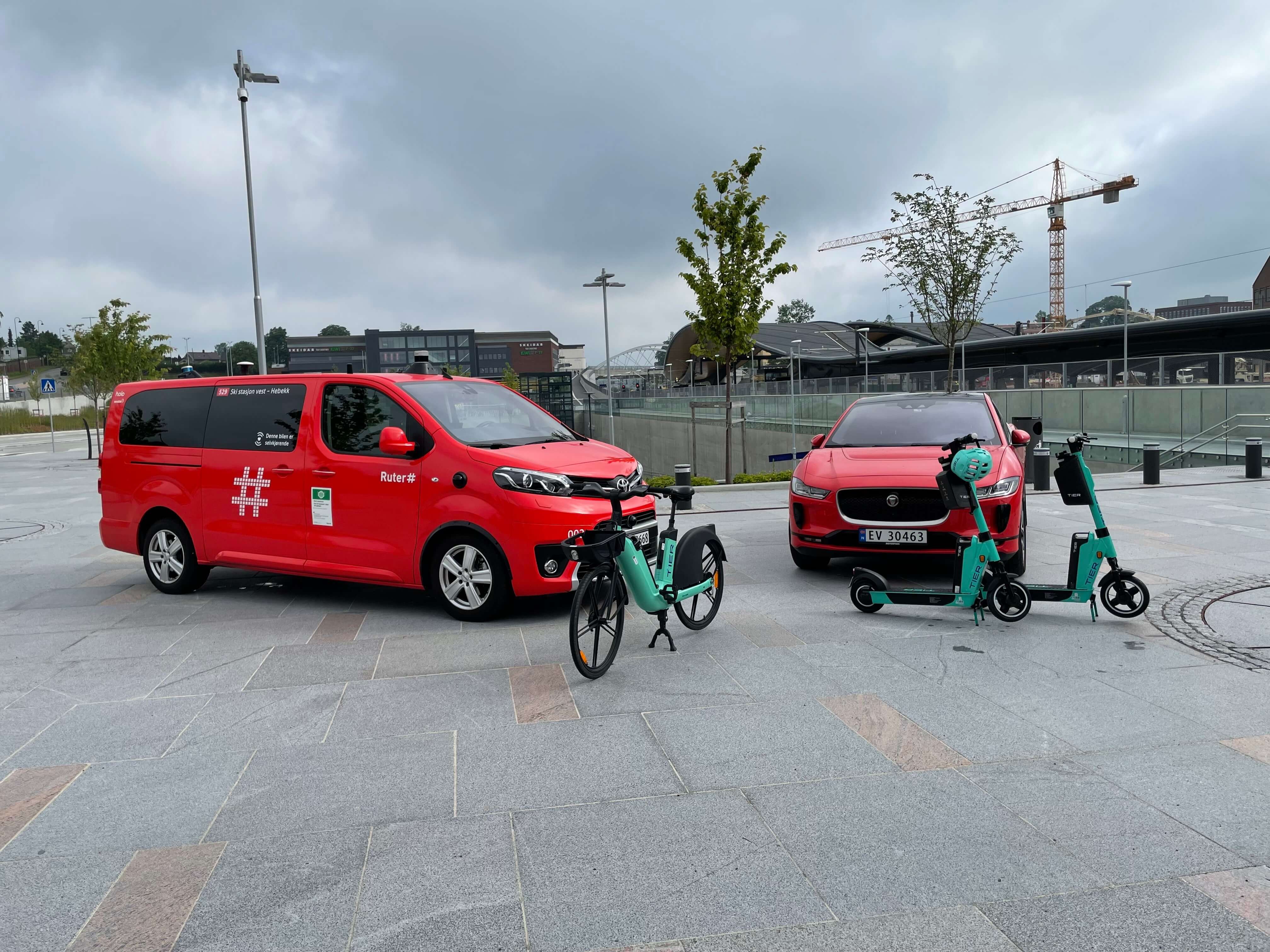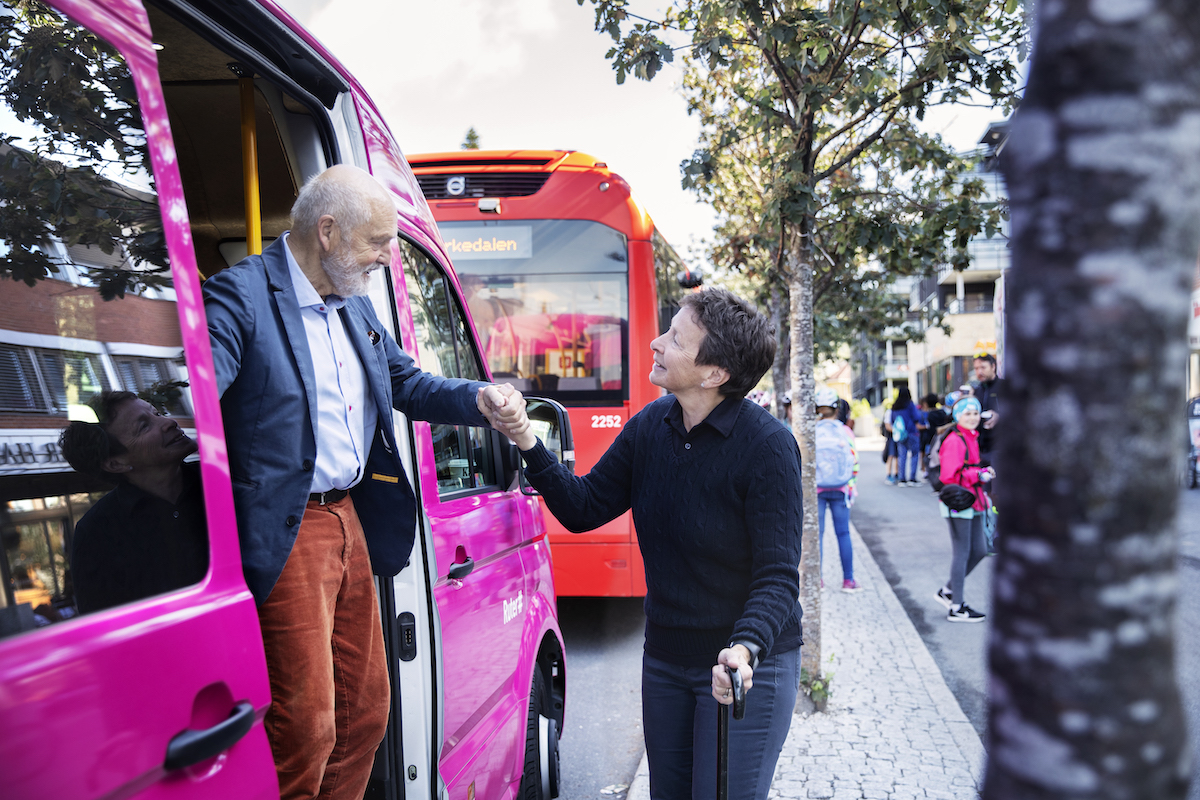Micromobility
In 2021, the term ‘micromobility’ was nominated by the Language Council of Norway as one of its words of the year. Small, shared vehicles such as electric scooters have in a short time become a popular form of travel and a recognisable sight across the Oslo region. But how can this means of transport best be combined with other forms of travel as part of a sustainable mobility offering? Ruter is working with a range of partners to find out.
In recent years, vehicles defined as micromobility have taken on a prominent role in the transport sector as one of many people’s everyday travel options. They are easily accessible, flexible, time-saving and take the user all the way from door to door. At Ruter, we roll out micromobility pilot projects in order to explore customer needs, various service models and technical possibilities. We want to ensure effective interaction between micromobility and the rest of the service offering in the Oslo region, so that these vehicles can be used to make travelling car-free more attractive and thereby contribute to our zero vision for passenger transport.
Our first micromobility project was launched in 2019, when we, in partnership with Bærum Municipality, approached the municipality for a framework agreement for micromobility in Viken County. The following year, we participated in the establishment of a micromobility service in Bærum Municipality, a pilot project in collaboration with the municipality and mobility provider TIER.
In 2021, we built on this experience by expanding our collaboration with TIER to Asker Municipality. We have also been involved in establishing a micromobility offering in Ski in Nordre Follo and became a partner on Lørenskog Municipality’s mobility project with TIER. On all our projects we examine needs and usage requirements in order to identify effective solutions adapted to customers, municipalities and local needs alike.

Some of the questions we are looking for answers to on our pilot projects:
- What different forms can micromobility products and services take?
- How do we make micromobility accessible to as many people as possible?
- What digital and physical infrastructure is needed to ensure user safety?
- How do we ensure a tidy cityscape?
- What steps can we take to improve the life cycle of vehicles?
- How can micromobility become an attractive alternative to the car in sparsely populated areas?
In order to find effective solutions and continuously adapt to a landscape of rapid technological and legislative change, we depend on working closely across organisations in the transport sector. In 2021, we benefited greatly from close collaboration with many important operators, such as the Norwegian Public Roads Administration, the Urban Environment Agency in Oslo, Sporveien, Bane NOR and Viken public transport terminals. Coordinated interaction between market operators has also been important in identifying new technological opportunities and attractive functionalities.
Open dialogue with customers and the general public is also crucial. What works and what does not work? What do travellers need most in their everyday lives? And what do they see as negative? Feedback – as well as thorough data collection – forms the basis for adjusting and improving our services.






